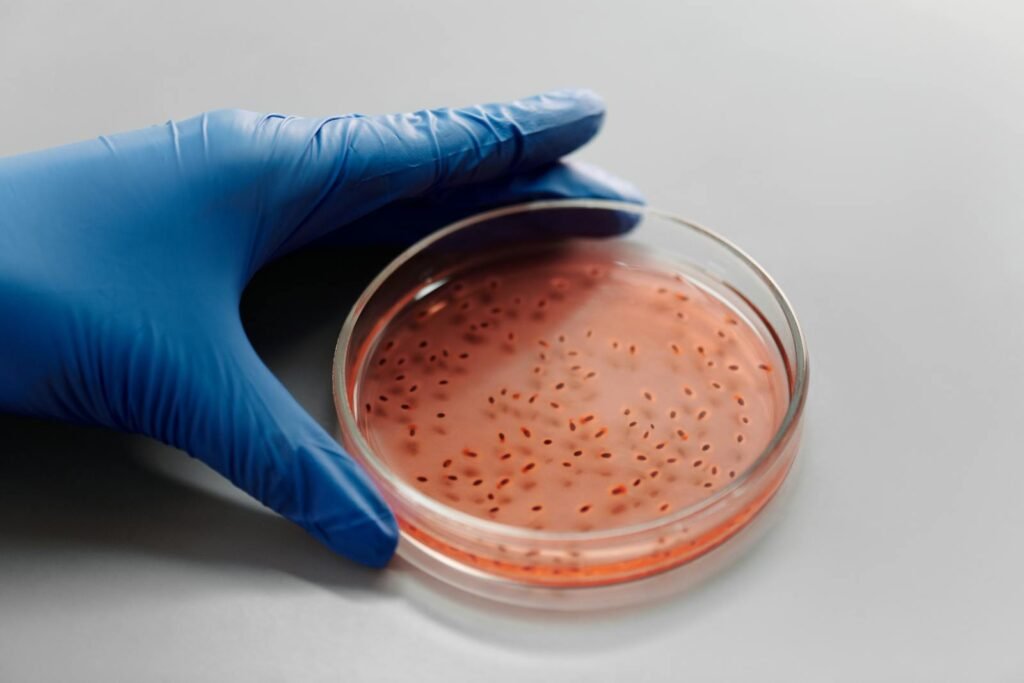In recent years, the intersection of technology and medicine has ushered in a new era of treatment possibilities. Among these, 3D printing has emerged as a groundbreaking innovation, particularly in the realm of organ transplants. This technology holds the promise of transforming how we think about medical procedures, offering increased customization, reduced waiting times, and the potential to save countless lives. In this article, we’ll explore how 3D printing is revolutionizing organ transplants, its current applications, and what the future might hold.
The Mechanics of 3D Printing in Medicine
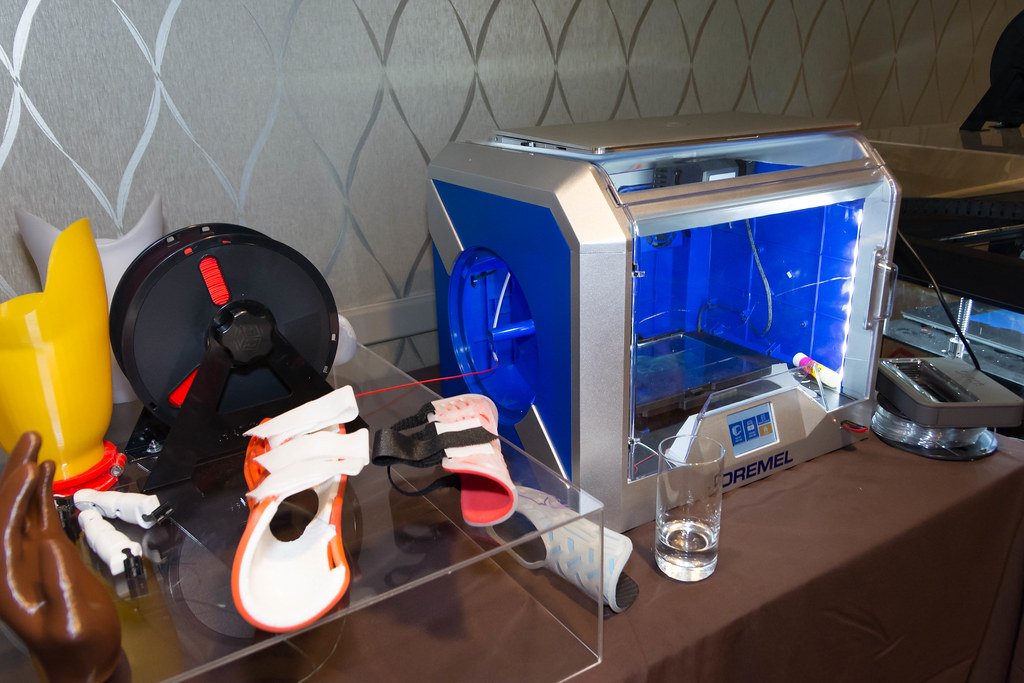
3D printing, also known as additive manufacturing, involves creating three-dimensional objects by layering materials based on digital models. In medicine, this technology provides unparalleled precision in replicating human organs using biocompatible materials. Such precision allows for the creation of complex structures that are essential when replicating the intricate details of human anatomy.
Addressing Organ Shortages

One of the most pressing issues in organ transplantation is the shortage of available organs. Thousands of patients die each year waiting for compatible donors. 3D printing presents a potential solution by enabling the production of organs on-demand. This could drastically reduce waiting times, allowing patients to receive transplants precisely when needed.
Tailored Medical Solutions

Every patient’s body is unique, and a one-size-fits-all approach to organ transplantation is often inadequate. 3D printing allows for the customization of implants and prosthetics tailored to the individual’s anatomy, ensuring better compatibility and integration with the patient’s body.
Bioprinting: The Next Step
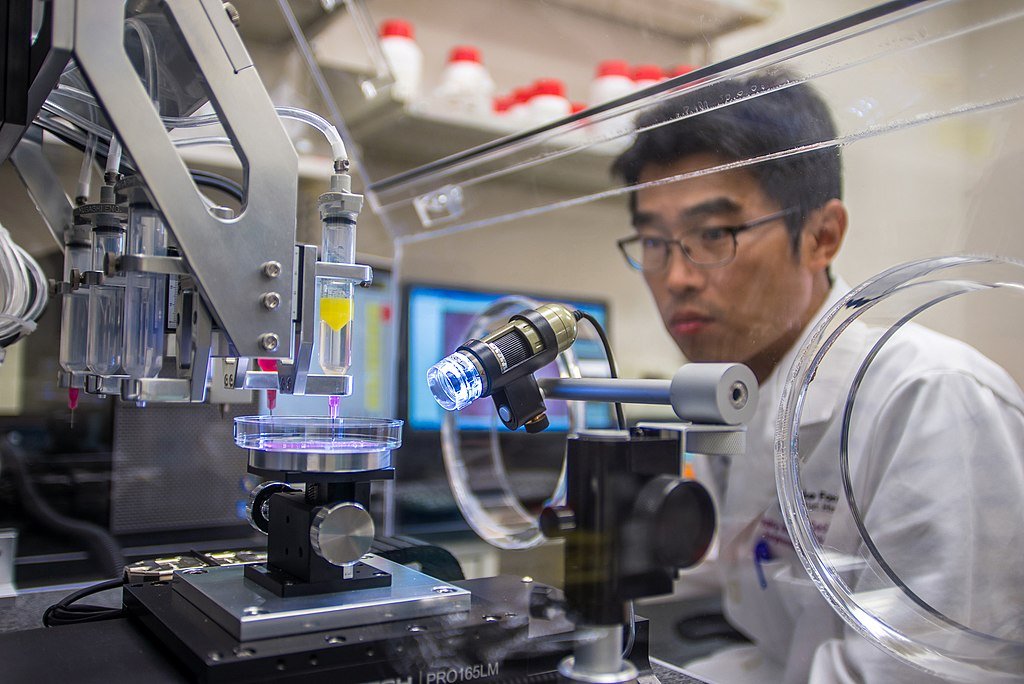
Bioprinting takes 3D printing a step further by using bio-inks composed of living cells to create tissue-like structures. This advancement opens the door to printing functional, living organs that are compatible with the recipient’s body, potentially eliminating issues related to immune rejection.
Case Studies: Successful 3D Printed Organs

There have been several successful case studies demonstrating the potential of 3D printed medical solutions. For instance, researchers have successfully printed artificial hearts, ears, and even skin grafts, each tailored to patient-specific needs with promising results in function and compatibility.
Challenges and Ethical Considerations
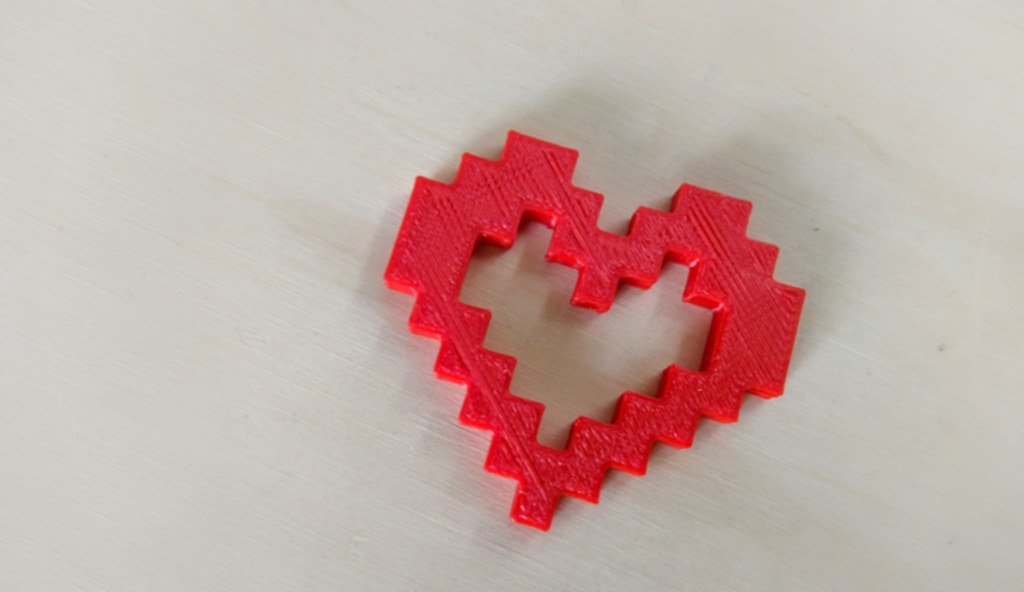
Despite its potential, 3D printing in organ transplants faces several challenges. The printing of complex organs like kidneys or livers requires further scientific breakthroughs. Additionally, ethical questions regarding the use of biotechnologies and the implications of “creating” human organs must be addressed thoughtfully.
Regulatory and Safety Concerns

Regulatory bodies face new challenges as 3D printed organs transition from experimental to mainstream medical treatments. Ensuring the safety and efficacy of these organs is paramount, requiring new standards and testing protocols to evaluate their performance and long-term viability.
Economic Implications
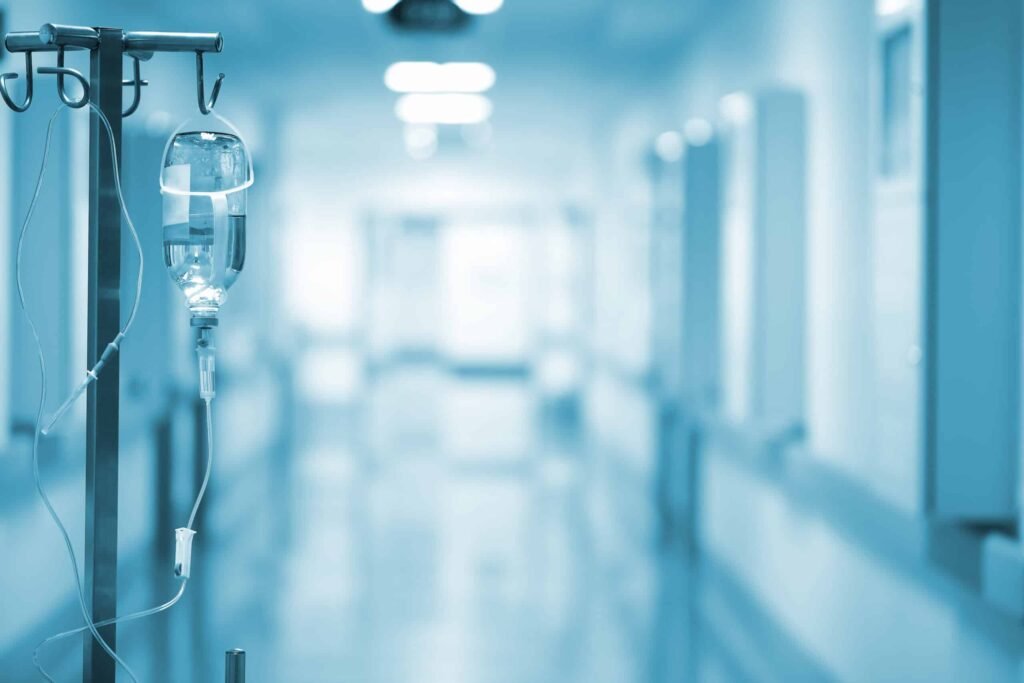
The economic impact of 3D printing in medicine could be significant. While the initial costs of 3D printing setups may be high, the long-term benefits, such as reducing the duration and expense of hospital stays and post-operative care, could offset these costs, leading to more cost-effective healthcare solutions.
The Role of Artificial Intelligence

Artificial intelligence (AI) complements 3D printing by enhancing the precision and speed of organ design. Machine learning algorithms can analyze vast amounts of medical data to optimize the design of printed organs, improving functionality and conformity to the recipient’s body.
Expanding Beyond Human Transplants

3D printing in organ transplants is not limited to humans. Veterinary medicine also benefits, as custom implants for pets become feasible, offering a new lease on life for animals with unique health challenges.
The Future of Bionics

As 3D printing advances, the integration of electronic components with bioprinted tissues could lead to the creation of bionic organs. These hybrid solutions could surpass the capabilities of natural organs, paving the way for significant advancements in medical treatments.
Educational and Research Opportunities
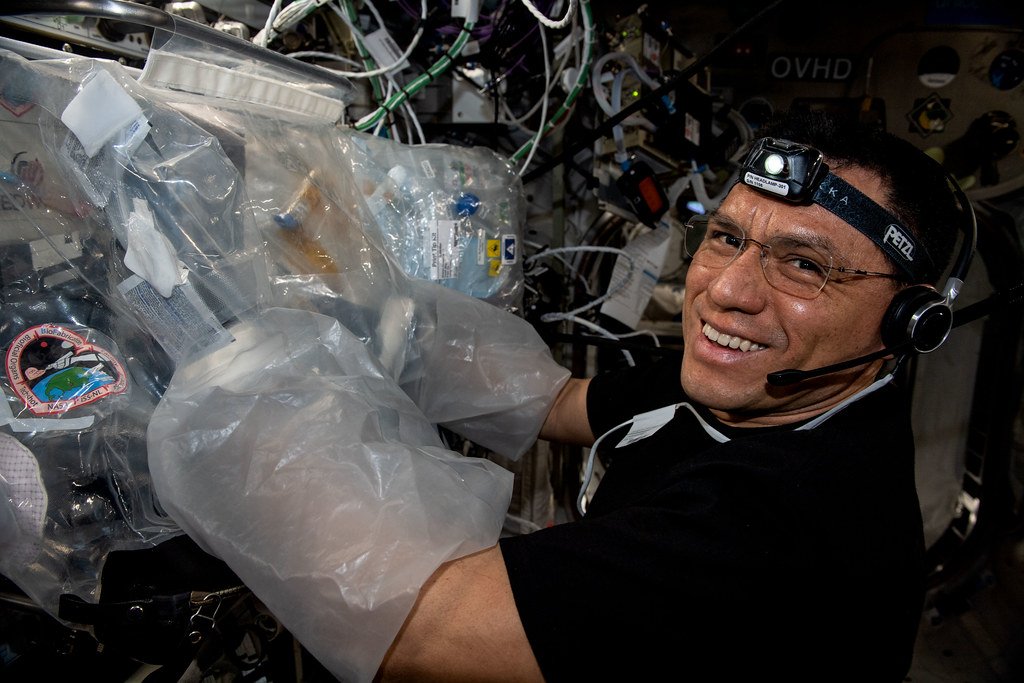
3D printing serves as a valuable educational tool, allowing medical students and researchers to study complex anatomical structures hands-on. This hands-on approach enhances understanding and encourages the development of innovative solutions to complex medical problems.
Global Impact and Accessibility
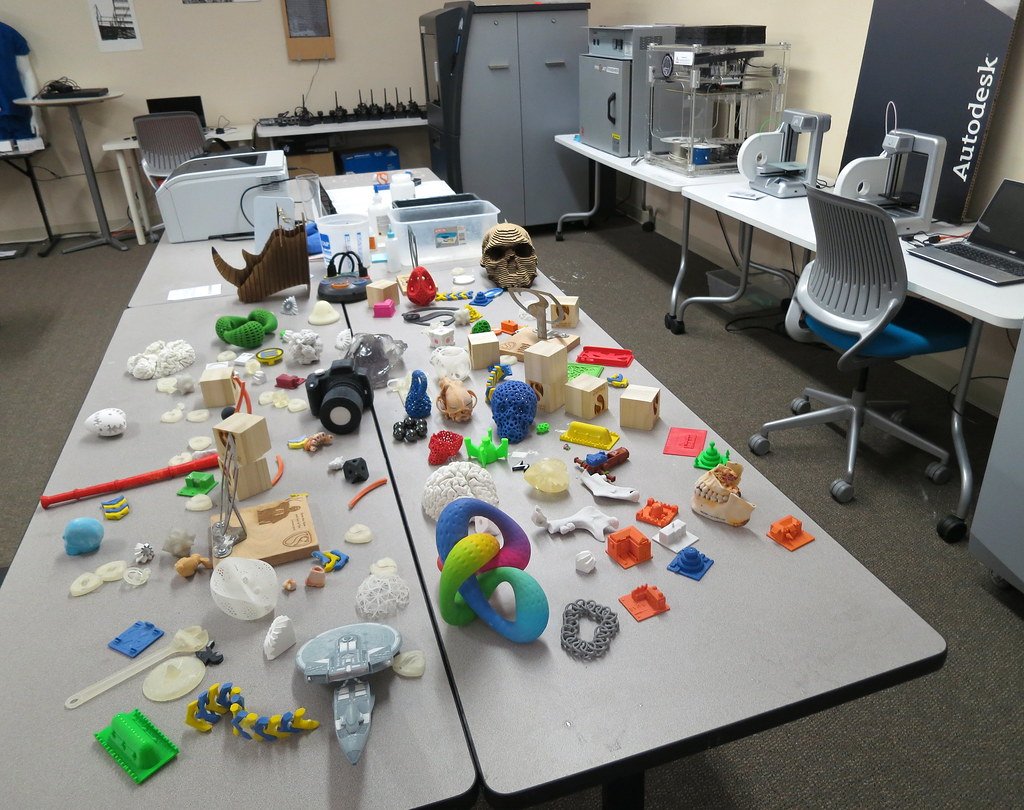
The potential for 3D printing to democratize access to organ transplants is profound, especially in developing countries where traditional transplantation resources are limited. Increased accessibility could transform healthcare outcomes globally, reducing disparities in medical treatment availability.
Conclusion
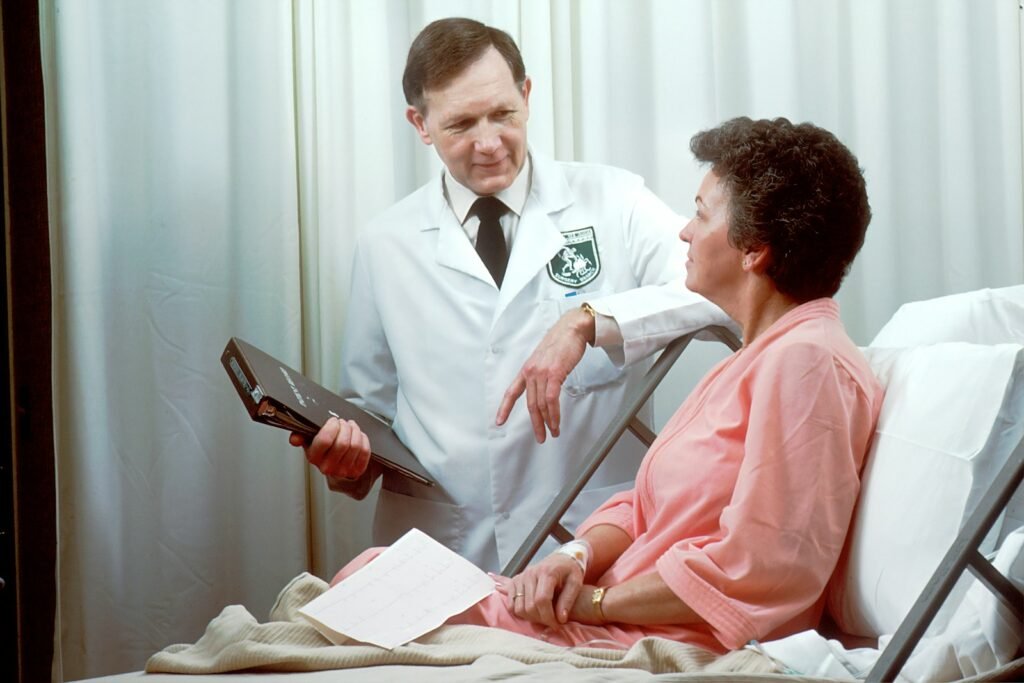
3D printing is undeniably changing the landscape of organ transplantation. By addressing organ shortages, providing tailored medical solutions, and advancing the field of bioprinting, it offers hope to millions of patients worldwide. As technological advancements continue, the dream of printed, functional organs becomes increasingly attainable. However, to realize its full potential, we must navigate the associated challenges and ethical considerations with care and consideration. The future of medicine is being printed, layer by layer, and it holds great promise for all of humanity.



